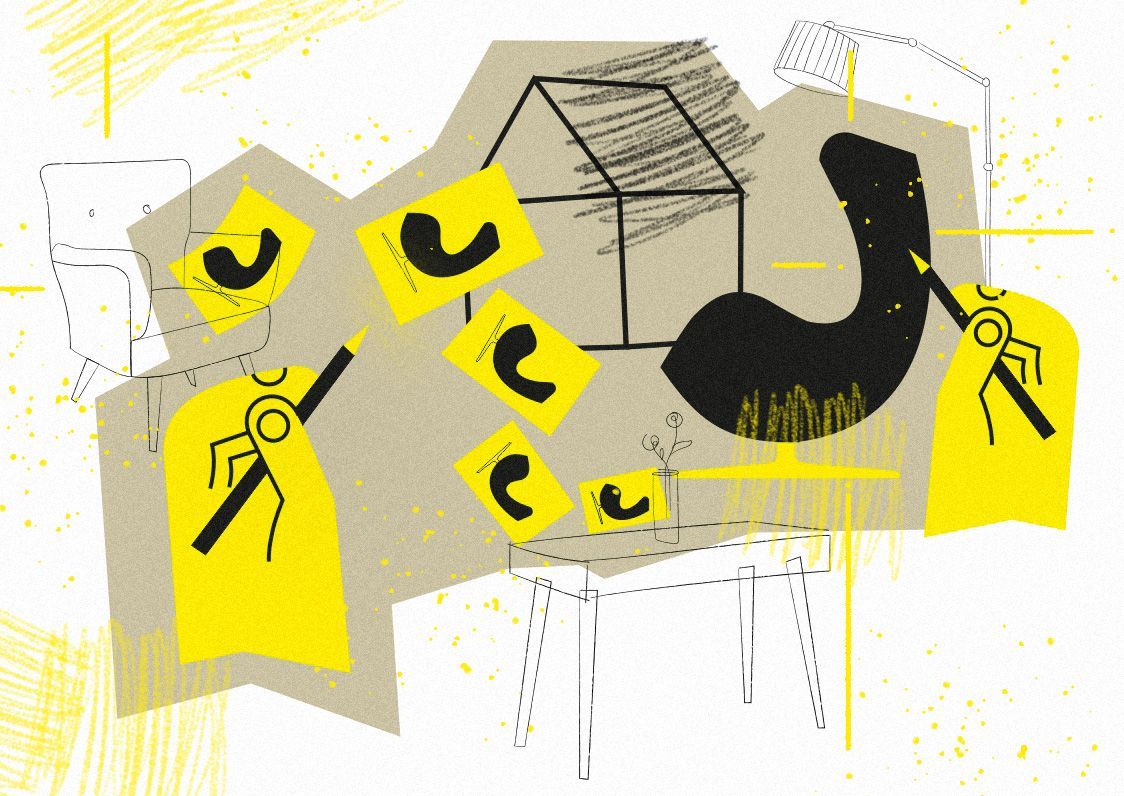Poland has a remarkable furniture industry; the Central European country is a global leader in the production and export of furniture. The sector has decades-long history, and it even played an important role in some furniture giants’ first steps, such as IKEA. The Polish furniture industry is on the up, but the ongoing war and the economic crisis are hitting the sector hard.
It may sound odd, but the nowadays very fashionable, eclectic, and the long-time favorite minimalist Scandinavian design furniture pieces are made in Poland; some claim that every second sofa in Europe is made in the country. The Polish success is partly due to the same reason why the whole CEE region is attractive to investors: it provides quality products at a relatively low price. In addition, Poland has an excellent geographical location as it is close to most destination countries, and Polish professionals’ precision and reliability also contributed to the industry’s thriving.
Today, China is the only country ahead of Poland in furniture production and exports. Polish furniture makers supply well-known chains such as XXXLutz, Möbelix, and Diego. Polish furniture is in many homes and public spaces around the globe; even Russian President Vladimir Putin has a Polish-made leather sofa. The Central European country is a major supplier to furniture giant IKEA but also serves the demands of upscale companies such as the Danish Fritz Hansen, which sells the iconic Egg Chair. The Egg Chair was designed by Arne Jacobsen in the ’50s and is now manufactured only in Polish factories. The price of the original Egg starts at €7000.

Swedish idea, Polish implementation
IKEA, the most famous affordable yet stylish Swedish furniture and home accessories retail company actually has some Polish roots: Ingvar Kamprad, the founder of IKEA, made his first contract with Poland in 1961 after the Swedish market players tried to boycott his advance. He had to find alternative solutions, so he traveled to Warsaw in ’61 to negotiate possible cooperation with Polish market actors. And his trip was very successful: Poland’s industry gained reliable partners who planned for the long term while the new Swedish company got quality products and cheap labor. Polish workers did the work at an approximately 50% lower price than their Swedish counterparts would have done it. What is this, if not a win-win situation?
So, the Polish industry has significantly contributed to IKEA’s progress since the early 1960s. However, the first IKEA store opened only in 1993, after the fall of communism, in the Central European country. The Swedish furniture giant also significantly influenced the Poles’ preferred style when the former Eastern Bloc countries were getting their first taste of the products offered by the world of free market and capitalism: The baroque vibes were gradually replaced by a more minimalist, neat trend; so, the new economical-political era made its way to Polish living rooms and bedrooms as well.
The furniture industry’s boom resulted from growing prosperity, which became more or less constant in the decades after the fall of communism and the more complex aesthetic needs of the wider society. But since 2020, the world has been turning upside down, and the Polish furniture industry has been heavily affected by global developments, sometimes to its benefit but sometimes to its drawback.

Crisis after crisis
Unexpected crises followed each other over the past few years, which affected the Polish furniture industry. For instance, the COVID-19 pandemic and all the related restrictions benefited the sector; it had a particularly good year in 2020. It might sound weird initially, but the reasons are easy to understand. We traveled significantly less, and often we were not even allowed to go out, so many of us saved a lot of money. As we spent most of our time at home, it became more important how our apartments look like. So, many of us have used our free time and saved money to spruce up our homes, which have become the central place of our days. Of course, at the beginning of the coronavirus crisis, the furniture industry also faced difficulties and feared a potentially much more dramatic scenario that finally did not materialize. Already in the summer of 2020, the number of orders increased significantly, and the circumstances have become quite favorable for furniture manufacturers. Their resilience and adaptability have also contributed to the sector’s positive results as some companies started to sell protective clothing and masks in addition to furniture.
But for 2022, the global plight became much less favorable; it is not exploitable and profitable anymore. The new global crises and rampant inflation have eroded the European middle class’s comfortable and prosperous lifestyle, which is reflected in European furniture buying habits. As a result, spending on furniture has dropped significantly, which is not really surprising as the price of some food items has doubled. But the crisis affects the sector from the other side too: the price of wood, the raw material for furniture, has also skyrocketed. Polish prices now rival Swedish and German prices, they are at least 10% higher than in 2021, but in some cases, they have doubled. Furthermore, Russia, Ukraine, and Belarus accounted for about one-tenth of Poland’s timber imports, but the war significantly affected these products’ availability and price. The crisis could substantially damage the industry, which currently employs around 200,000 workers in Poland but might be forced to downsize by 20-25%.
Ukraine has been suffering from the Russian invasion for almost a year, and it directly impacts the sector; Poland’s eastern neighbor has provided raw materials and human capital to the Polish furniture industry. 10% of the 200,000 furniture sector workers in Poland, so 20,000 people, were Ukrainian, but some estimates suggest that roughly half of them have returned to Ukraine by March 2022 to defend their homeland from the invading Russian army. However, in addition to the men returning to Ukraine, the wave of Ukrainian refugees is also playing a role in the future of Polish furniture manufacturing. Regarding Ukrainian labor, industry experts anticipated a swap: the Ukrainian men who must fight for their land are being replaced by new, often unskilled, mostly female workers who arrived in Poland as refugees. So, the prolonged war and the difficult economic situation harm the Polish furniture industry. Still, it is not known yet to what extent and how the thriving and expanding sector will be affected in the long term.
Graphics: Réka Pisla

Unusual stakes for this year’s Super Bowl

Knitwear that hides its wearer from facial recognition










